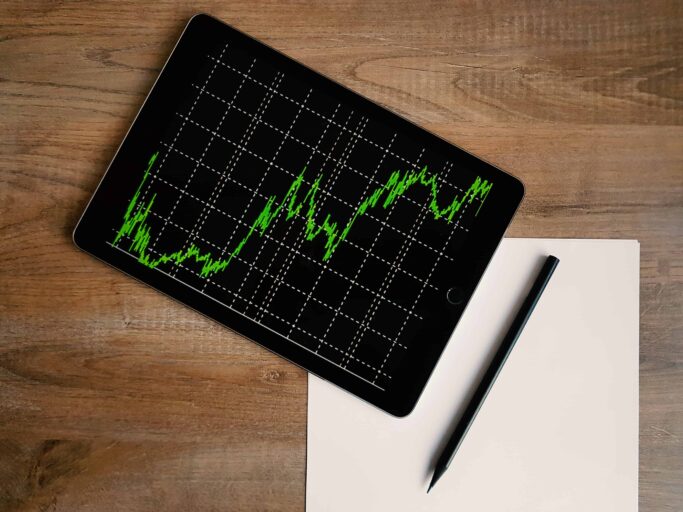Trading stocks is a very popular investment opportunity that many engage in. As you may already know, stocks are essentially company shares that you can buy, sell or hold on to for dividend income. The price of stocks mostly depends on a company’s performance, but other factors, such as inflation, geo-political circumstances and many other factors, can have more or less of an impact on stock prices.
That’s why stock trading requires a solid strategy. Beginner investors must also understand that every investment comes with a risk, primarily due to market volatility. That’s why it’s of the utmost importance to consider all of your options before trading any stock you may have or you’re planning on obtaining. With that in mind, here’s a beginner’s guide to stock trading and what you need to know about stocks in general.
How to get started in stock trading
Before you start trading stocks, there are a few points to be aware of. First, you need to understand what stocks are and how they work. A stock is a piece of ownership in a company. When you buy a stock, you’re buying a small part of that company. You become a shareholder.
The price of a stock can go up or down, and your goal as a trader is to buy low and sell high. Of course, that’s not as simple as it may sound. There are many factors that affect the price of a stock, such as the company’s earnings, the overall market conditions, and even political events.
Top Australian Brokers
- Pepperstone - Trading education - Read our review
- IC Markets - Experienced and highly regulated - Read our review
- eToro - Social and copy trading platform - Read our review
Once you have a basic understanding of how stocks work, you’ll need to open up an account with a broker. A broker buys and sells stocks on behalf of their clients. There are many different brokers out there, so be sure to shop around and find the one that suits your needs.
How to pick the right stocks to trade
When picking the right stocks to trade, there is no sure-fire answer. However, there are a few things you can keep in mind that may help you choose stocks that have the potential to perform well.
One thing to look at is a company’s financials. You can find this information on most stock trading websites. This will give you an idea of how well the company is doing and whether or not it is in good financial health. If a company is in good financial health, it is more likely to weather market downturns and continue to perform well.
Another thing to look at is the company’s history. A company that has a history of strong performance is more likely to continue performing well than one that has not. You can find this information on the website of the company or on stock trading websites.
Risk management in stock trading
Risk management is one of the most important aspects of stock trading. It is important to understand the risks involved in trading and have a plan to manage them.
There are several ways to manage market risk. One way is to diversify your portfolio by investing in different types of securities. Another way is to use hedging strategies, such as buying put options or selling short.
When trading stocks, the most important thing to remember is to do your research. Know what you’re buying, and know why you’re buying it. Of course, the same goes for selling stocks as well.
That’s why stock trading requires a solid strategy. Beginner investors must also understand that every investment comes with a risk, mostly due to the market volatility. That’s why it’s of the utmost importance to consider all of your options before trading any stock you may have or you’re planning on obtaining. With that in mind, here’s a beginner’s guide to stock trading and what you need to know about stocks, in general.






